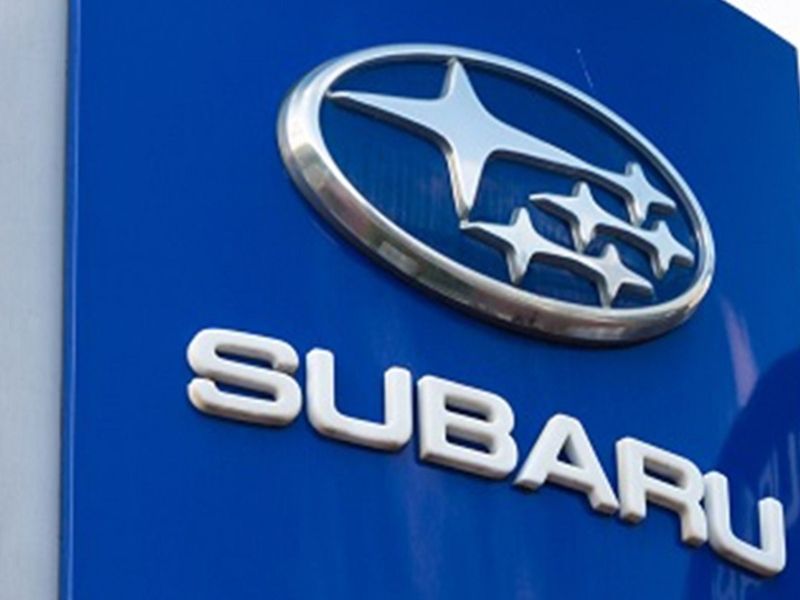
TOKYO — Subaru profits plunged by nearly half in the latest quarter as the Japanese automaker felt the effects of crimped production and falling sales amid the global semiconductor shortage.
Subaru Corp.’s operating profit dropped 46 percent to 24.9 billion yen ($223.0 million) in the fiscal second quarter ended Sept. 30, forcing the company to lower its full-year profit outlook.
In announcing the results on Friday, CEO Tomomi Nakamura said Subaru was hit by rising raw material costs in addition to slumping volume due to microchip supply chain interruptions.
Global output fell 40 percent to 158,000 vehicles in the July-September quarter, from 262,000 a year before when the world was still reeling from the COVID-19 pandemic.
Worldwide sales fell 13 percent to 200,000 in the three-month period.
Subaru now expects to sell 830,000 vehicles in the full fiscal year ending March 31, 2022. That represents a 3.4 percent decline from the previous year and is way off the carmaker’s previous goal of 960,000 units.
That target, announced in August, was itself a downward revision from Subaru’s original forecast for global wholesale volume of 1.0 million vehicles.
Subaru also lowered its operating profit outlook for the current fiscal year ending March 31, 2022. It now expects operating profit to increase to 150.0 billion yen ($1.34 billion).
While that target is up from the 102.5 billion yen ($918.0 million) Subaru booked the previous year, it is down from Subaru’s earlier target of 200.0 billion yen ($1.79 billion).
Subaru also cut its forecasts for full-year net income and revenue.
Subaru blamed falling sales for the downwardly revised outlooks.
In the July-September period, the all-wheel-drive niche player said net income slid 16 percent to 26.3 billion yen ($235.6 million).
Revenue retreated 7.2 percent to 706.5 billion yen ($6.33 billion) in the three months. Worldwide sales, which cover wholesale volume overseas, declined 13 percent.
The U.S. led the plunge with a 19 percent drop to 136,000 units in the quarter.
Sales in Europe, excluding Russia, inched higher, adding 2,000 units to 4,000 vehicles.